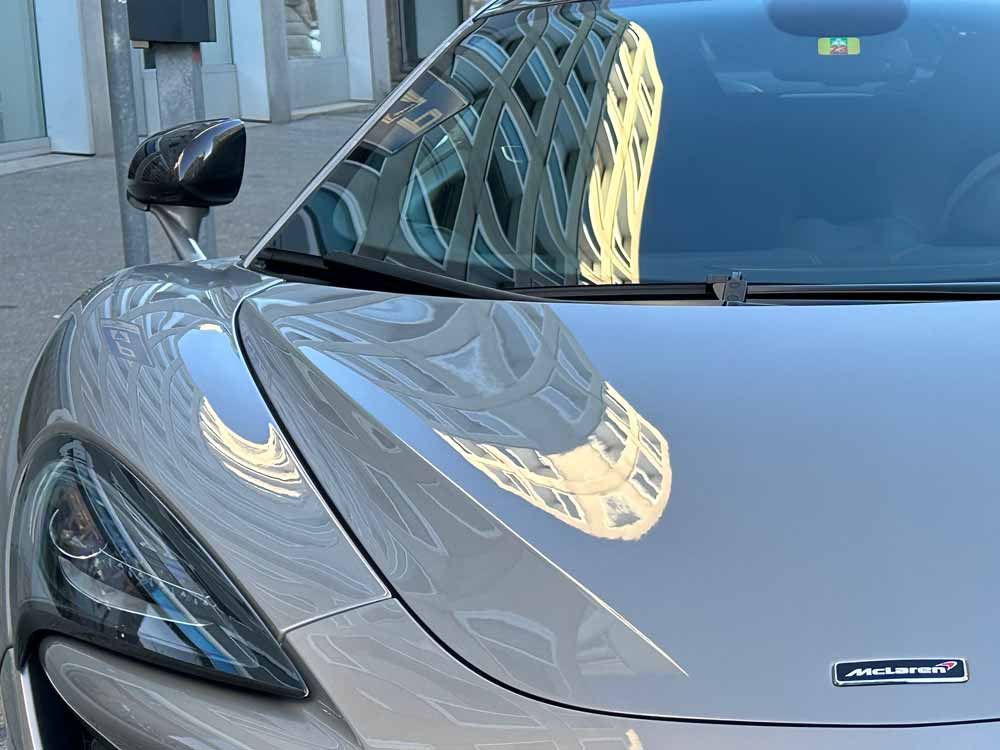How Does McLaren’s Legacy in Formula 1 Influence Its Road Cars?
From the racetracks of Formula 1 to the streets, McLaren’s DNA is unmistakably rooted in motorsport excellence. But how does their success on the track translate to their road cars?

McLaren’s journey began with a singular focus: winning races. Founded in 1963 by New Zealand racing driver Bruce McLaren, the brand quickly became a force in Formula 1, where it has amassed multiple world championships. This relentless pursuit of performance and innovation laid the foundation for their transition to road cars. Unlike many manufacturers, McLaren didn’t just adapt racing principles—they reimagined them for everyday driving, creating a unique synergy between motorsport and road-going performance.
One of the most significant ways Formula 1 has influenced McLaren’s road cars is through advanced materials. The McLaren F1, unveiled in 1992, was the first production car to use a carbon fiber monocoque chassis, a technology directly derived from Formula 1. This emphasis on lightweight construction remains a cornerstone of McLaren’s design philosophy. Models like the MP4-12C, 720S, and Artura all feature carbon fiber tubs, offering unparalleled rigidity and weight savings. The result is a driving experience that feels as sharp and responsive as a race car, without sacrificing comfort.
Aerodynamics is another area where McLaren has bridged the gap between track and road. In Formula 1, the balance between downforce and drag can mean the difference between winning and losing. McLaren applies this expertise to their road cars, creating vehicles that slice through the air with precision while remaining stable at high speeds. Take the McLaren P1, for example—its active aerodynamics system adjusts in real-time to optimize performance, a direct nod to the technology used in Formula 1 cars. Even the MP4-12C introduced advanced aerodynamics with its innovative “Airbrake” system, which enhances braking stability by deploying a rear spoiler.
The heart of every McLaren, however, lies in its engine. McLaren’s partnership with racing engine manufacturers like TAG and Mercedes-AMG during their Formula 1 history inspired the development of their proprietary M838T and M840T twin-turbo V8 engines. These powerplants deliver blistering performance while maintaining a lightweight design, embodying the principles of efficiency and power that dominate Formula 1 engineering.
But McLaren doesn’t just stop at performance—it brings racing precision to the driver. Formula 1 has shaped McLaren’s understanding of how a car should connect with its driver. Technologies like the ProActive Chassis Control, introduced with the MP4-12C, allow for incredible agility and control by continuously adjusting the suspension to road conditions. This creates a feeling of oneness with the car, reminiscent of a racing driver’s experience on the track.
Ultimately, McLaren’s legacy in Formula 1 isn’t just a historical footnote—it’s the beating heart of everything the brand stands for. Every road car they produce is a testament to decades of engineering innovation, competitive spirit, and a relentless pursuit of excellence. For those lucky enough to drive one, a McLaren isn’t just a car—it’s a piece of motorsport history brought to life.




